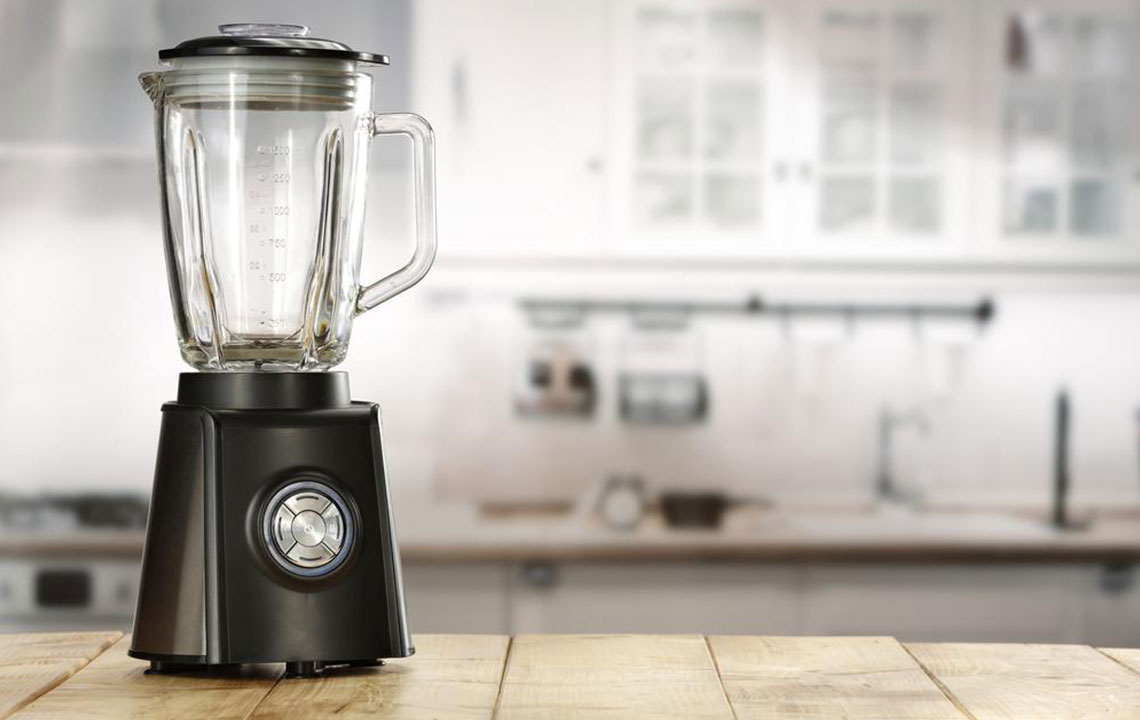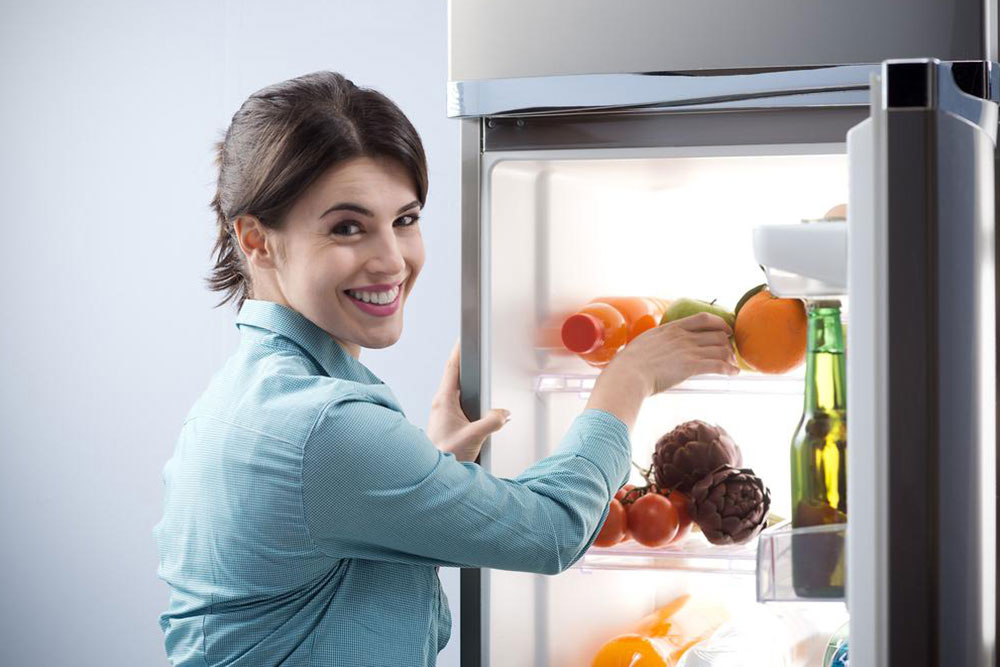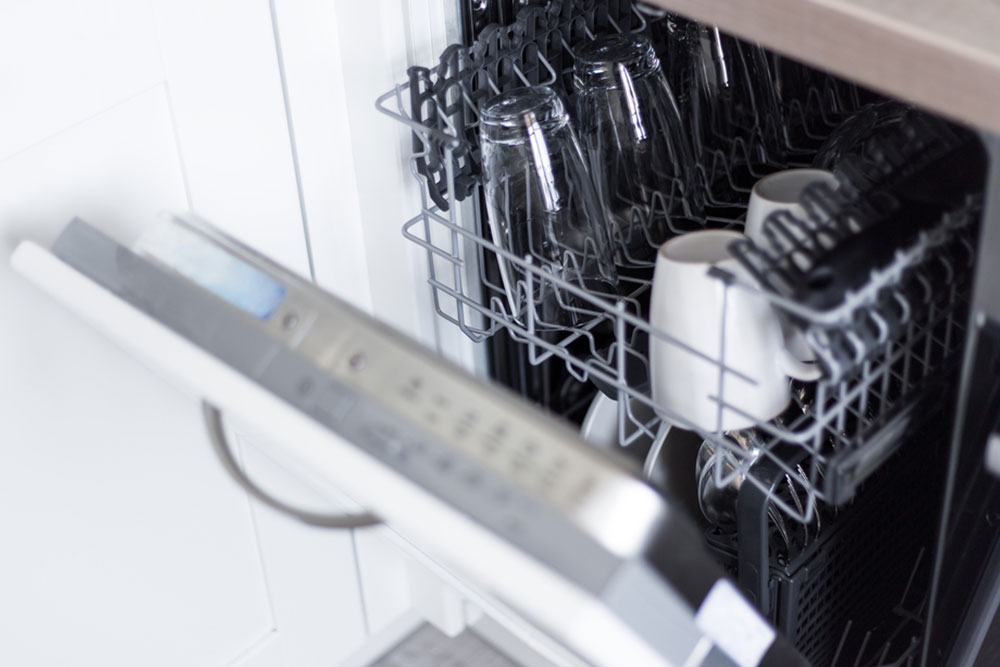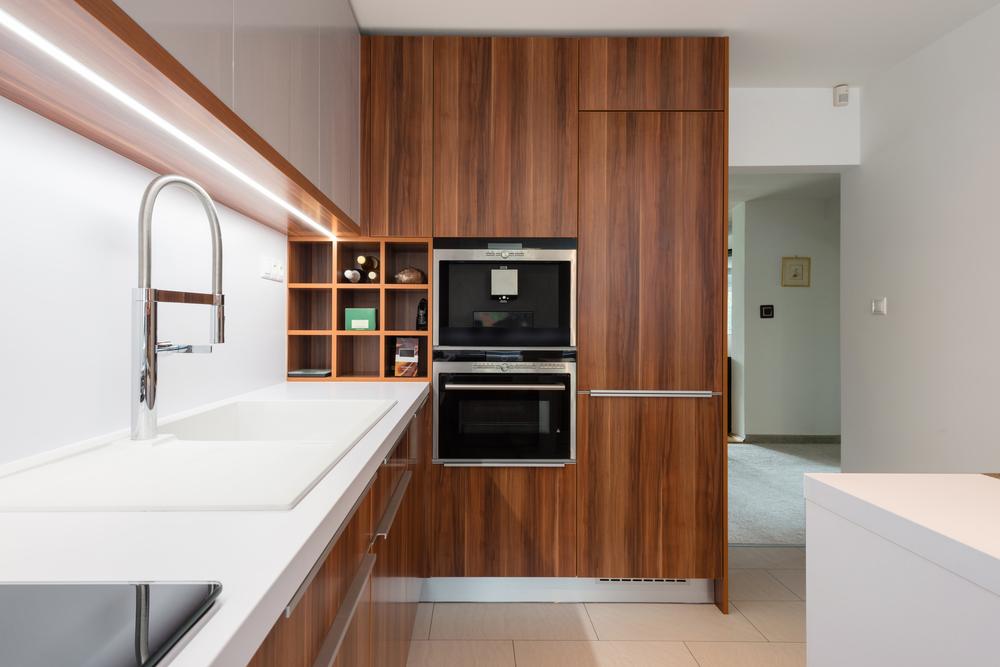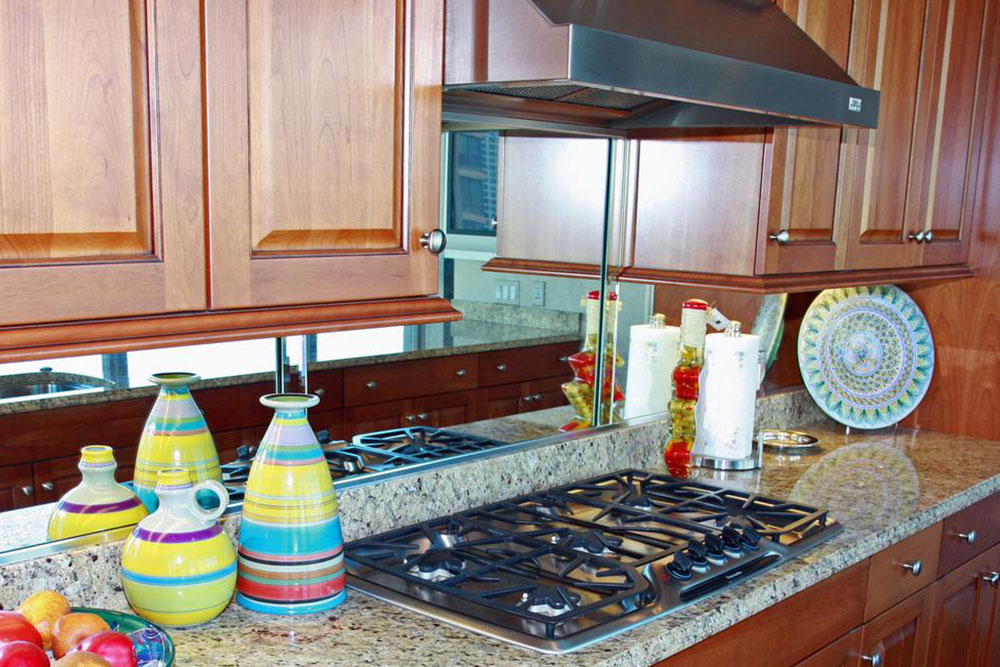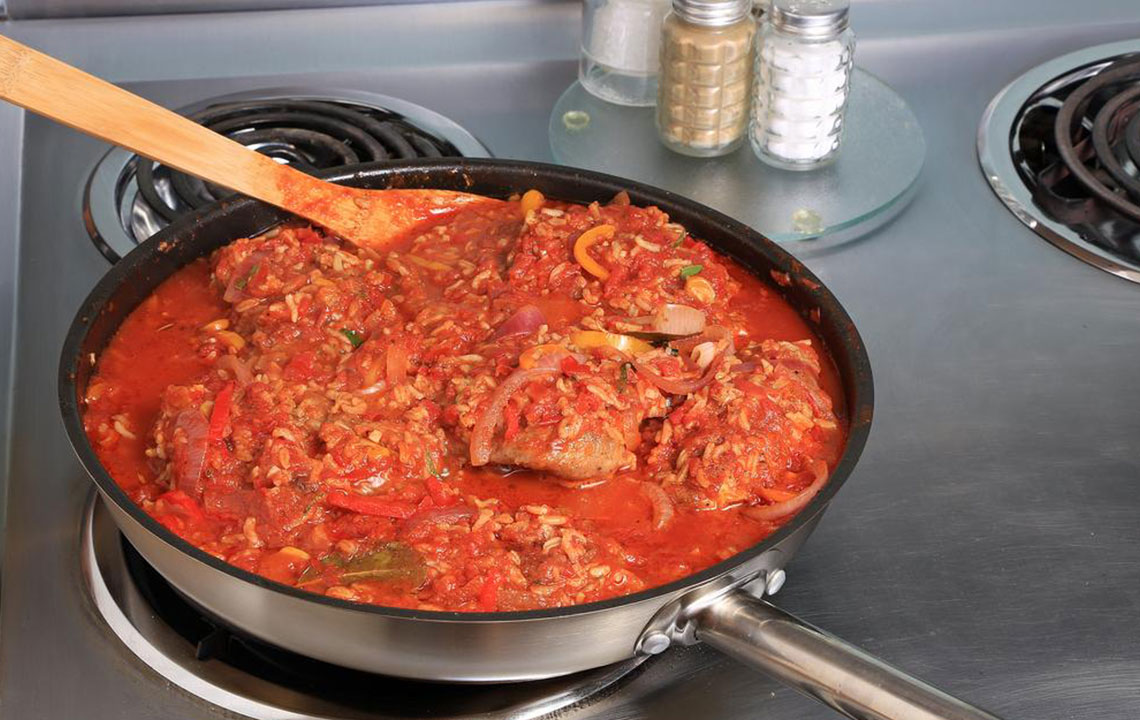Essential Components of a Blender and Their Functions
Explore the vital parts of a blender and their roles in efficient food processing. From the motor housing to the blades and gasket, understand how each component contributes to blending performance. Ideal for kitchen enthusiasts, this guide highlights the features of various blender parts, including jars, lids, and seals. Discover the essential elements that make a blender functional and easy to maintain, suitable for both home and commercial kitchens. Enhance your knowledge of kitchen appliances with this comprehensive overview.
Sponsored
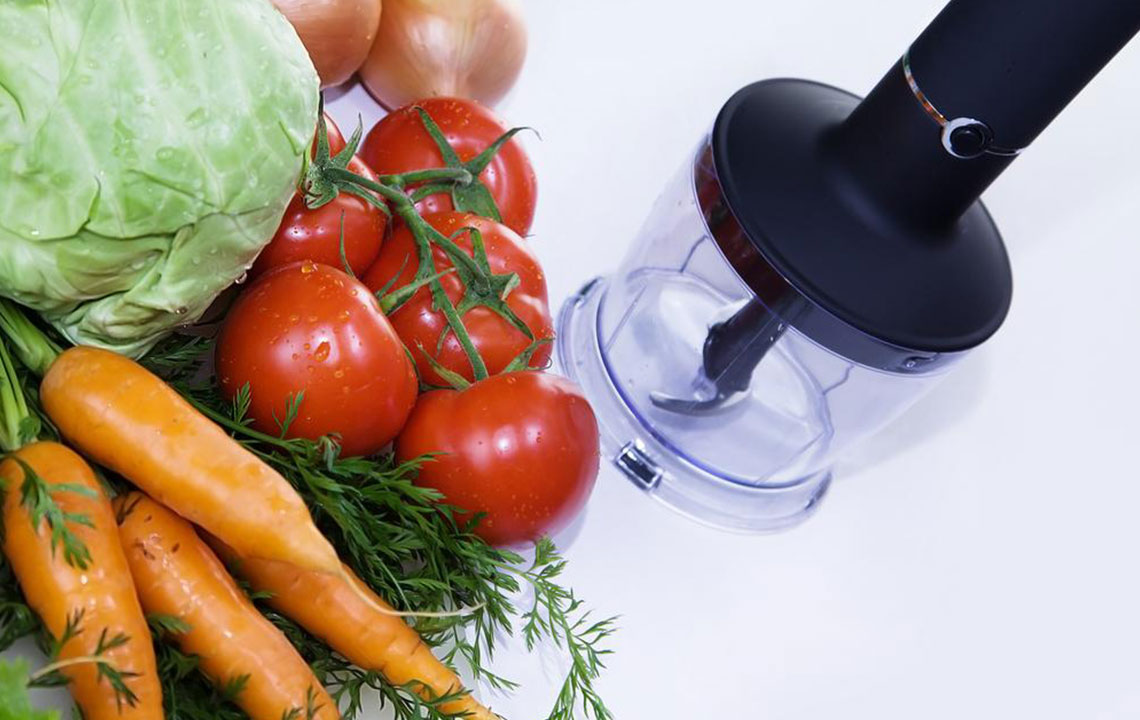
A standard kitchen blender is an indispensable appliance that effortlessly mixes, purees, and crushes ingredients. It operates with an electric motor housed in a sturdy casing, featuring a container with sharp blades capable of handling ice and other tough ingredients. There are various types of blenders, including countertop models with removable blades for easy cleaning, and immersion blenders that are directly submerged in the food. These devices have adjustable speed controls suitable for diverse blending needs.
Key parts of a blender include:
Housing – Contains the motor and control buttons, providing the structural base.
Jar – The container, made from glass, plastic, or stainless steel, holds the ingredients during blending. Glass jars are popular for their durability and visibility.
Lid – Covers the jar to prevent spillage; some have a cap for adding ingredients mid-blend.
Blade – The sharp spinning element that slices and blends ingredients at different speeds.
Gasket – A sealing ring that prevents leaks, especially in models with detachable blades.

